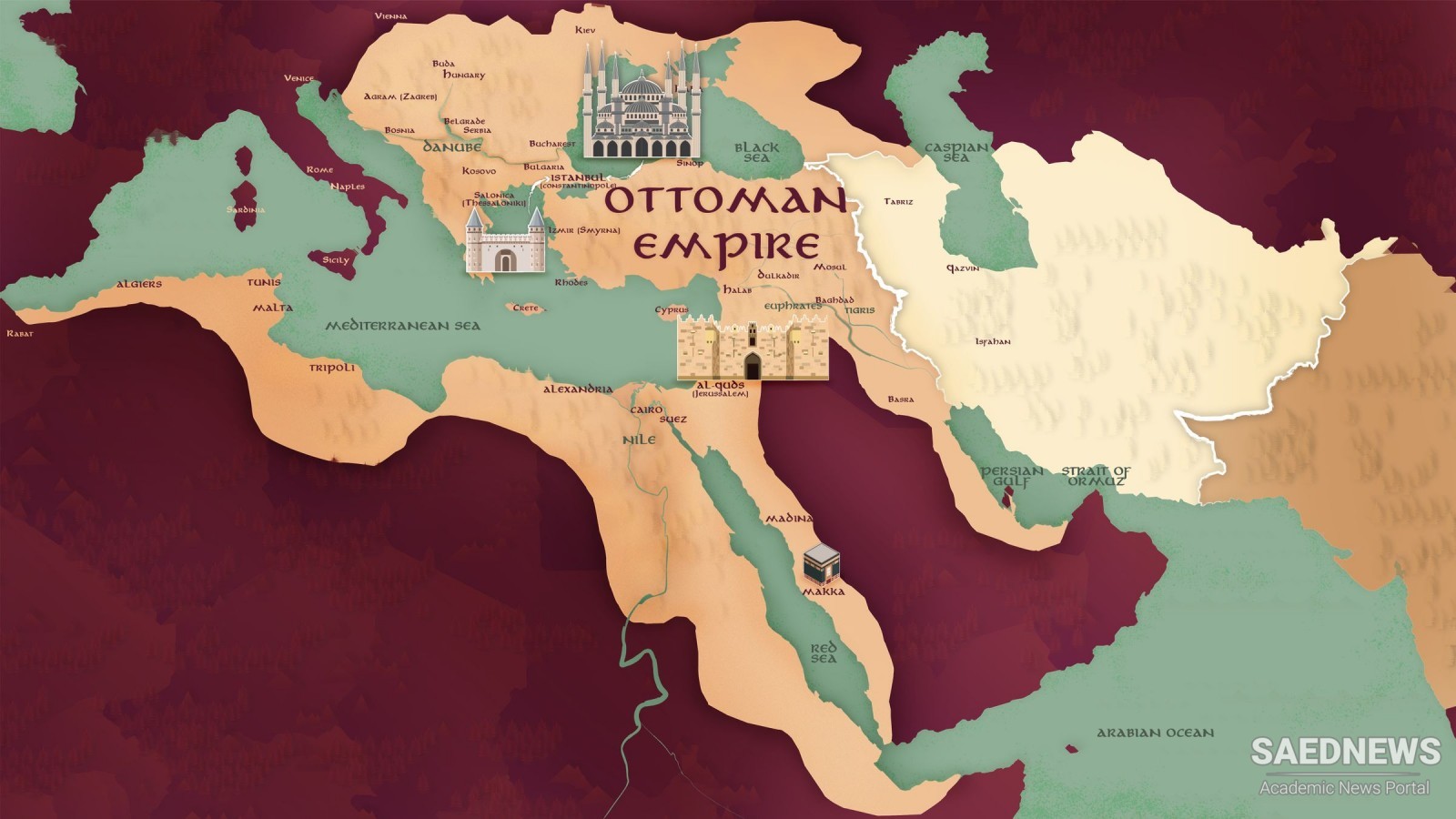As at the time of her father's death, the princess could muster considerable support among the Qizilbash and with their help was able to assert her claims. Thus it came about that the Grand Vizier Mirza Salman, who had been appointed by the late shah in June 1577 and did not find favour with the princess, soon left the capital ostensibly to pay his respects to the new shah but in fact prompted by a well founded fear for his own safety.
Here we see an alliance of interests that is worth noting. In the retinue of the new shah it was evidently known what was to be expected of his reign. The way that he had exercised previous functions, most recently in Shiraz, permitted the drawing of fairly reliable conclusions: neither his eye ailment nor the indifference towards public affairs that he had shown previously was likely to change. The role of the royal spouse Khair al-Nisa Begum, known as Mahd-i 'Ulya, would therefore be all the more important. She was an ambitious woman, born into the MazandaranI nobility, and her enterprise and lust for power now found undreamed of opportunities, after she had gone for months in constant fear of her life.
When the grand vizier arrived in Shlraz she must have welcomed him not only as a man fully conversant with the latest events in the capital, but also as a potential ally ideally suited to her purpose. He was familiar with the details of the administrative machinery and at the same time enjoyed no particular following among the Qizilbash, since he belonged to a famous Iranian family. Thus he was not likely to find any better opportunity than an alliance with the queen of such a weak ruler as the new shah. All the same, he could not have been unaware of certain dangers inherent in this community of interests.
To begin with, Mirza Salman's calculations were apparently proved correct. He retained his high office even under the new ruler and saw his enemy Princess Parl Khan Khanum brought low when, along with her uncle Shamkhal Sultan, she lost all influence shortly after the arrival of the court in Qazvln and was murdered. Yet the grand vizier could scarcely have foreseen the extent to which the queen herself appropriated power, any more than had the Turkmen amirs, who had presumably voted for Muhammad Khudabanda not least because of his weakness and inadequacy. She was by no means content to exercise a more or less indirect influence on affairs of state: instead, she openly carried out all essential functions herself, including the appointment of the chief officers of the realm. In place of the usual royal audience, these high dignitaries had to assemble each morning at the entrance to the women's apartments in order to receive the Begum's orders.
On these occasions the royal edicts were drawn up and sealed. Political affairs continued to be dealt with in such a manner for well over a year. By that time the amirs were so infuriated by the regiment of women that they conspired against the queen, and openly demanded that the shah should remove her. They achieved their aim: the Begum was strangled in the harem on 26 July 1579, on the pretext - whether justified or not, it is uncertain - of having entered into a love-affair with 'Adil Girai, a brother of the khan of the Crimea.


 Safavid Shah Mohammad Khudabandeh: the Blind Monarch's Fate
Safavid Shah Mohammad Khudabandeh: the Blind Monarch's Fate














































